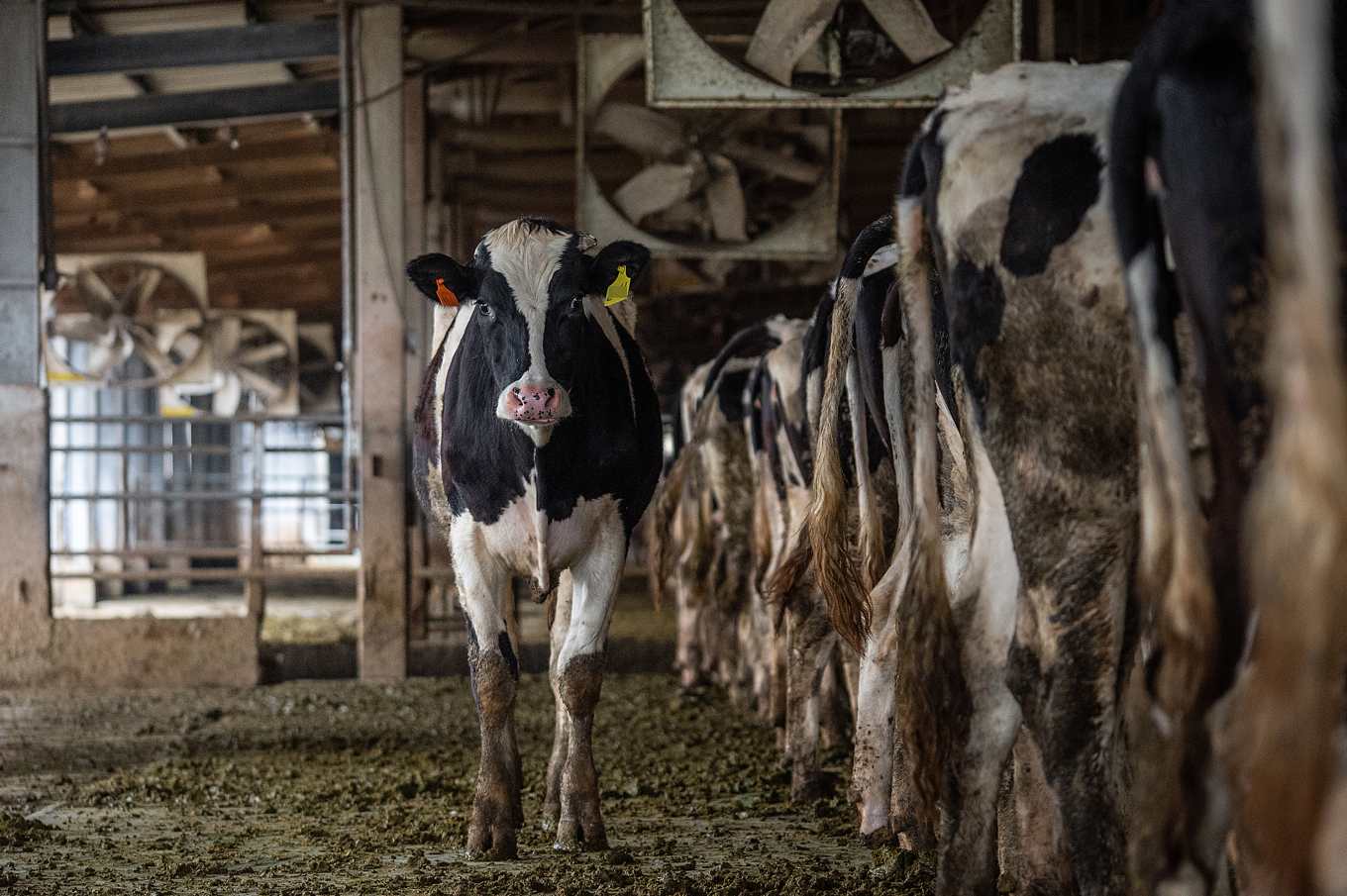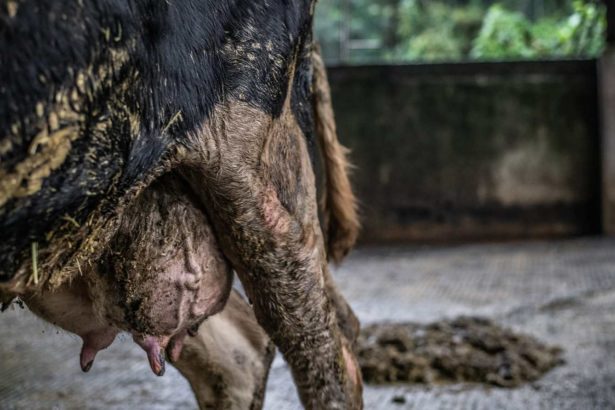The agency revealed that 50% of dairy cattle had heat urgency, mastitis and so on, calling for the formulation of welfare norms. Dairy Association: only a few cases.
Share3.1KTweetPocketEmail2.9K Shares
Fresh milk can not only care about price and quality, the feeding conditions of dairy cattle can not be ignored! The Taiwan Animal Society Research Association held a press conference today (18). After nearly a year's visit to 30 dairy farms, it was found that more than 50% of Taiwan's dairy cattle had five major problems. It includes "negative energy balance", "thermal urgency", "disease infection", "human interference" and "lack of professional care", which not only affect the physical and mental health of animals, but also affect the quality of milk.
The agency put forward three demands, including "formulating animal welfare standards,"formulating policies on the acquisition of animal welfare for milk," and "disclosure of dairy inspection information," calling on the government and industry to upgrade the domestic dairy industry. Fang Ching-chuan, secretary general of the Dairy Association of the Republic of China, responded that the questions raised by the Taiwan Animal Society Research Association were "a small number of cases," believing that these problems should indeed be solved, but the overall industry is already moving in a good direction. I look forward to further dialogue with all parties in the future.
60,000 dairy cows are raised in Taiwan, the situation of excessive milk intake is serious, and there is no animal welfare standard.
Chen Yumin said that according to the statistics of the Council of Agriculture, there are 553 dairy farms in Taiwan, raising 60523 dairy cows, producing about 380000 6362 tons of raw milk each year, with an output value of 10.1 billion yuan, but so far there are no animal welfare standards. She explains that more than 90% of the dairy breeds raised in Taiwan are "Holstein", which has the largest milk production among the six dairy breeds. Generally speaking, the milk yield of a Dutch cow is about 10 kg, but the average daily milk yield of domestic dairy cattle is 30 kg, which is 3-4 times that of the natural state.
In addition, when they have not yet regained their physical strength 60 days after delivery, they will undergo "artificial insemination" to get more milk. It is common to conceive and produce milk at the same time. In addition, the growth of calves during pregnancy will squeeze inward into the internal organs of dairy cows, resulting in both nutrition and physical exertion. She says that such a "negative energy balance" is the cause of dairy feeding problems, which in turn increases dairy cattle causing various diseases.
The hot and humid climate leads to "thermal oppression", which affects the health of dairy cattle.
Dutch cattle are temperate cattle, born in temperate regions with temperatures ranging from 5 to 21 degrees Celsius, while Taiwan's high-temperature and humid climate will exert "thermal oppression" on dairy cattle and affect their nutritional intake. Taiwan has a tropical climate. Chen says that for at least eight to nine months each year, the average monthly temperature is more than 21 degrees Celsius, and more than 85% of the dairy farms are located in the south, which makes the "thermal pressure" on dairy cattle even greater.
Chen Yumin explained that if the numerical standard THI, which measures thermal compression in terms of temperature and humidity, is greater than 72, it means that thermal compression must be eliminated. According to the Central Meteorological Bureau, the average THI south of Taichung is 74, with a four-month period of 79-81. Such a hot and humid environment has an impact on the nutritional intake and health of dairy cattle.


Fang Qingquan, Secretary-General of the Dairy Association of the Republic of China (Photography / Duan Yaxin)
Share3.1KTweetPocketEmail2.9K Shares
- Prev

The agency revealed that 50% of dairy cattle had heat urgency and mastitis, and called for the formulation of dairy welfare standards.
The agency revealed that 50% of dairy cattle had heat urgency and mastitis, and called for the formulation of dairy welfare standards.
- Next

The manufacturer's Association of Liuzhu Science and Technology Park in Keelung was officially established.
After decades of development and transformation, Liudou Industrial Zone in Keelung City, which was established in 1982, has gradually transformed from a traditional industrial park into a science and technology park in Keelung.
Related
- A course of planting techniques and methods on how to grow carrots
- How to plant the latest tulips?
- Is it better to pick tea in the morning or in the afternoon? When is the best time for tea to be picked? what is the third or fifth tea?
- Launch Yuanxiao Happy combination Haocha + Tea Yuan healthy Taste
- Penghu Tourism "Fireworks 20 Parade with You"
- 2022 West Lake Happiness holds "Digital Revitalization Voucher" and draws iphone13 and laptop.
- Banqiao Fuzhou social houses are designed to change start-up combined with police elimination to create a safe and livable environment
- The convenient measure of "mechanical weeding" in Xinbei has been abused and the Agriculture Bureau has imposed heavy penalties on the illegal land consolidation.
- Changgeng University Joins Hands with Four Memory Factories to Rescue Memory Talent Shortage
- The list of Taiwan's top 100 MVP managers is listed by the Director-General of the Farmers' Association of Sanxia District.

